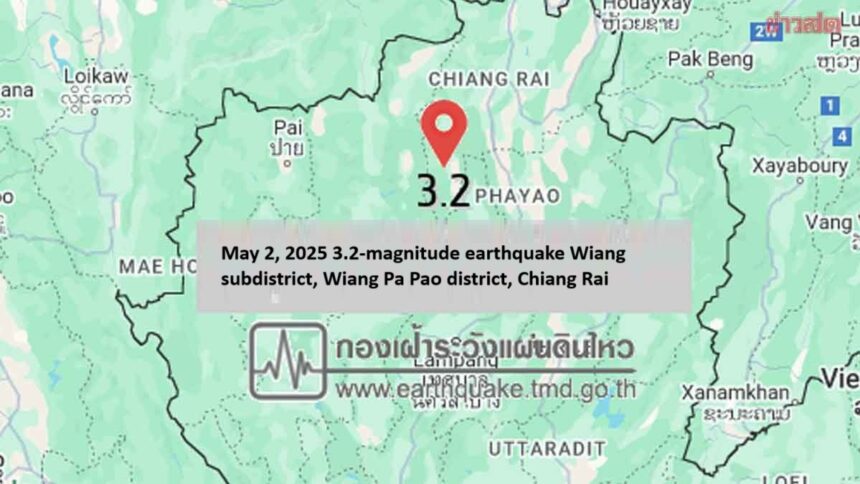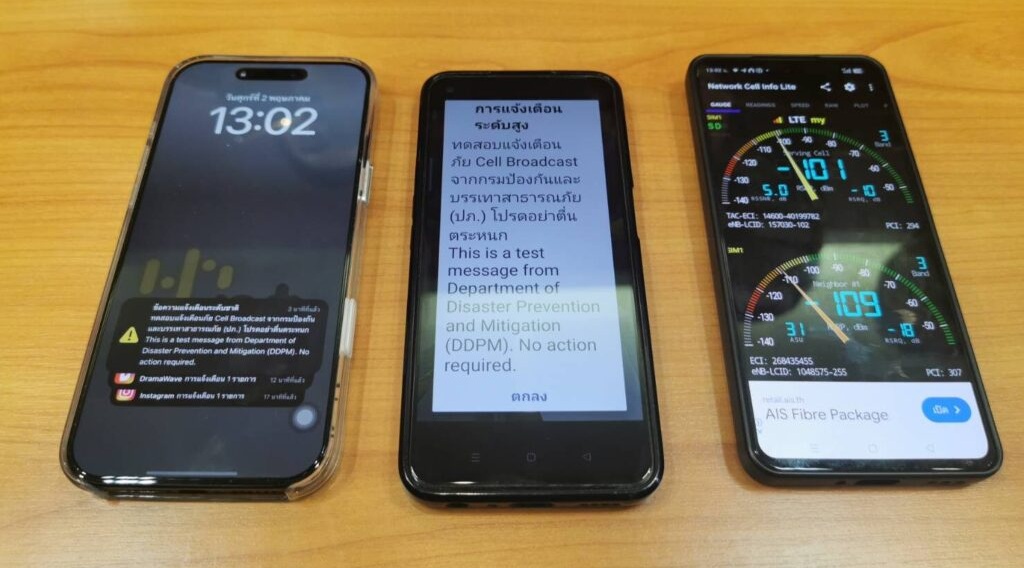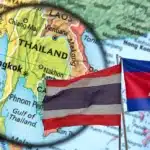CHIANG RAI – The Earthquake Monitoring Division of the Meteorological Department reported at 11:00 AM on Friday, May 2, 2025, that a 3.2-magnitude earthquake struck at a depth of 1 kilometre.
The epicentre was in Wiang subdistrict, Wiang Pa Pao district, Chiang Rai, at coordinates 19.334°N, 99.439°E. People near the epicentre felt the tremor, but there were no reports of damage.
Mr. Nikornchai Phapluachai, who leads the Chiang Rai Disaster Monitoring and Warning Centre, explained that this quake happened on the Mae Suai branch fault. This fault line formed after the 6.3 magnitude earthquake in Mae Lao district, Chiang Rai, on May 5, 2014.
That earlier quake was along the main Phayao fault. Since then, several branch faults developed in the area, including the Phan, Mae Lao, and Mae Suai branch faults.
Recent earthquakes in Chiang Rai may have been triggered by the major 7.9 magnitude quake on the Sagaing fault in Shan State, Myanmar, on March 28. That event caused damage across Myanmar and parts of Thailand.
Unlike the double shock in Turkey three years ago, only the main shock and aftershocks occurred in this instance.
Mr. Nikornchai added that this latest earthquake was on a minor fault branch and did not cause any damage. Authorities continue to monitor and keep a close eye on the situation.
Meanwhile, the Chiang Rai Provincial Hall, the Chiang Rai Provincial Disaster Prevention and Mitigation Office teamed up with major mobile network providers to carry out a small-scale test of the Cell Broadcast alert system. Mr Charin Thongsuk, the provincial governor, led the event with his deputy governors and other government officials.
The test focused on sending emergency alerts through the Cell Broadcast system to mobile users in and around the Chiang Rai Provincial Hall, covering a 2-kilometre radius. This test ran simultaneously with similar exercises in Suphan Buri, Ubon Ratchathani, and Songkhla provincial halls.
The scenario simulated heavy, ongoing rainfall leading to a flash flood at 1:00 pm. A single National Alert was sent out, displaying for 10 minutes, along with an alert sound on mobile devices for about 8 seconds.
The message in Chiang Rai read: “ทดสอบแจ้งเตือนภัย Cell Broadcast จากกรมป้องกันและบรรเทาสาธารณภัย (ปภ..) โปรดอย่าตื่นตระหนก This is a test message from Department of Disaster Prevention and Mitigation (DDPM).
No action required.” After the test, the results were sent to the National Disaster Prevention and Mitigation Command Centre.
Mr Charin said the alert system worked well. The alert reached phones in the selected area right at 1:00 pm. While not every phone received the alert at the same moment, almost all did. A few older phone models couldn’t display the message, which should not happen, as all phone models and systems should be able to receive alerts. The office will gather feedback from users and report back to improve the system for the future.
He added that this warning system benefits people in high-risk areas. It gives timely information, helping residents get ready or move belongings to avoid damage. Chiang Rai already uses early warning systems for flood-prone areas, especially along the Sai River, where flood prevention work is ongoing.
Barriers and ‘big bag’ sandbags are set up in high-risk spots, and dredging of the Ruak River is underway as agreed between Thailand and Myanmar. The Third Army Engineer Corps is handling this work, aiming to finish before the rainy season. Urgent dredging of the Sai River is also being discussed with Myanmar to help prevent future floods.
Feedback from residents within the 2-kilometre zone around Chiang Rai Provincial Hall showed most people received the test alert, regardless of their phone model or network.
Mr Apichit Panwichai, a 51-year-old resident of the Nam Lat community, whose home is near the Kok River and close to the hall, said the alert was easy for locals to receive because it came straight to their phones. However, he noted that the alert sound was not very loud or attention-grabbing, and many might miss it if they weren’t looking at their phone.
He suggested making the alert louder and more noticeable, perhaps using a siren sound. Still, he felt having such a system was a positive step, as it lets people prepare and act quickly. Before this system, people often didn’t know about floods until it was too late, making it hard to move people or belongings safely. An alert system like this can help limit losses.
Mr Chaisak Konchom, a resident of Chiang Rai Municipality, shared his experience after hearing the alert while eating near the provincial hall. He said he heard the alert sound clearly and found the information easy to access.
He pointed out that the system is most helpful for those carrying their phones, but suggested that extra notifications for those who don’t use their phones as much would also help. Overall, he said the alert system is effective and will help people stay informed about emergencies.















